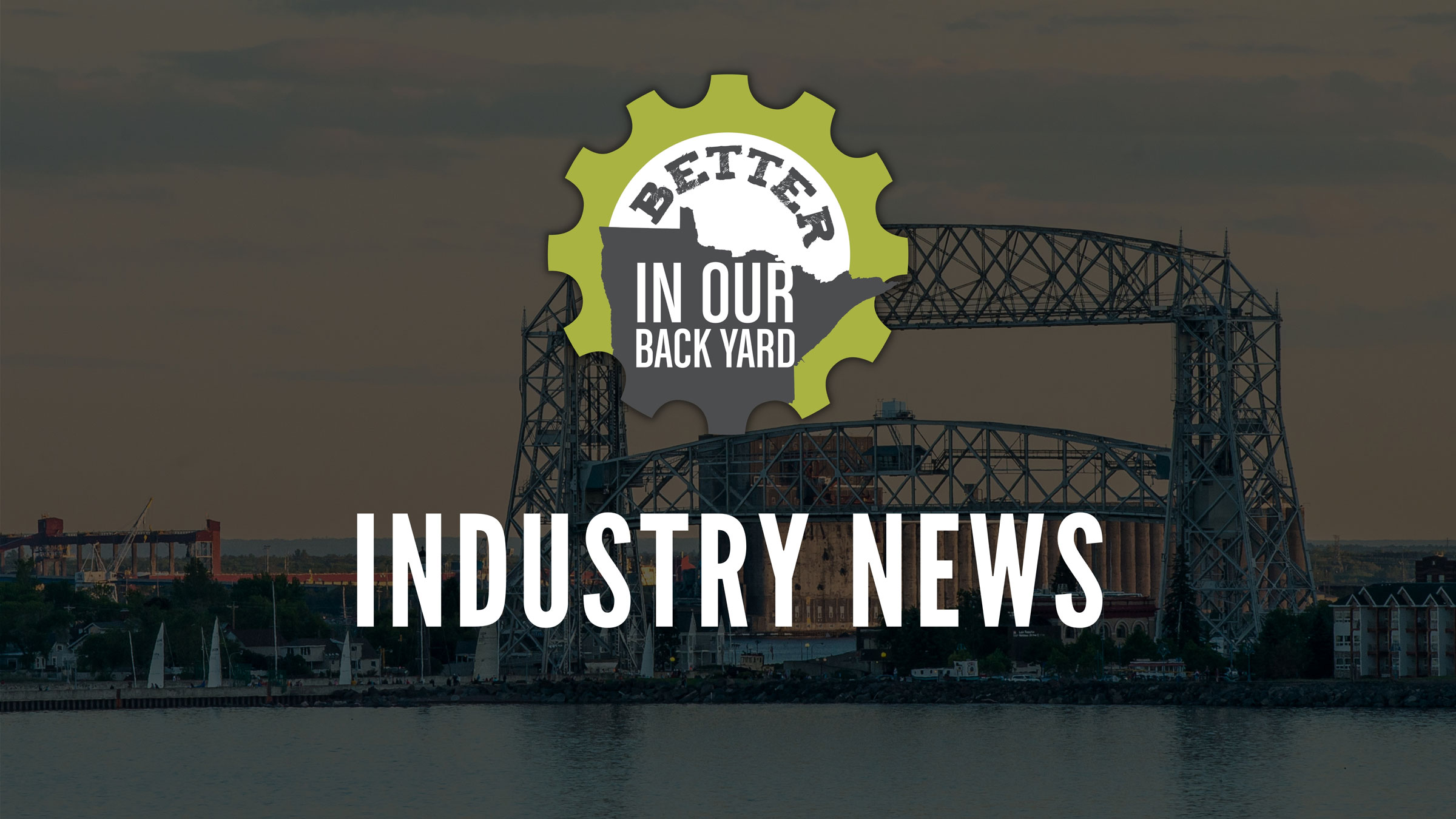Congress of the United States
Washington, DC 20515
Minnesota Public Utilities Commission
Attn: Mr. Scott Ek
121 7th Place E, Suite 250
Saint Paul, MN 55101-2147
RE: MPUC Docket Nos. CN-14-916 and PPL-15-137
OAH Docket Nos. 65-2500-32764 and 65-2500-33377
Dear Commissioners:
We write in support of Enbridge’s Line 3 Replacement Project under consideration by the Minnesota Public Utilities Commission, and believe the project should move forward to improve safety, provide rural Minnesota counties with addition tax revenue, and create thousands of high-paying, living wage jobs. As you review the case we urge a final route that most adequately protects our region’s lakes, waters, and surrounding environment as required under state and federal laws.
With respect to pipeline operational safety, the replacement will significantly improve Line 3’s environmental footprint and integrity with the installation of new, high-quality steel, anti-corrosion coatings, and other state-of-the-art facilities and technologies. We also appreciate that the preferred route and alternatives under review avoid disturbing new tribal reservation land and follows other existing pipelines, transmission lines, and railroad lines as much as possible. A modern replacement also significantly lowers the risk of a spill on country and state lands that would be crossed by the project in Minnesota. It also has the benefit of keeping additional heavy oil trucks off our roads and tank cars off our railroad tracks. Studies have shown both these transportation methods are more prone than pipelines to accidents and spills when moving crude oil.
The project will also provide an important boost to Greater Minnesota’s rural economy. The construction and installation phase are estimated to create thousands of jobs, with a significant number of them being local workers. The demand for high-paying, skilled workers and laborers will be welcomed in our communities, especially during peak construction periods. A number of other industries will also see benefit from the multiplier effects associated with the construction of this project and Enbridge’s investment.
Rural counties we represent stand to gain significant property tax revenues from Enbridge if the Line 3 Replacement Project is approved. Tens of millions of dollars in new revenue are expected to be collected to further support schools, hospitals, libraries, and other services in rural Minnesota counties. For these safety, public benefit, and economic reasons, we support the Line 3 Replacement Project and hope the Commission will consider our views when making a final determination on the project.
Sincerely,
Collin C. Peterson Richard M. Nolan
Member of Congress Member of Congress
